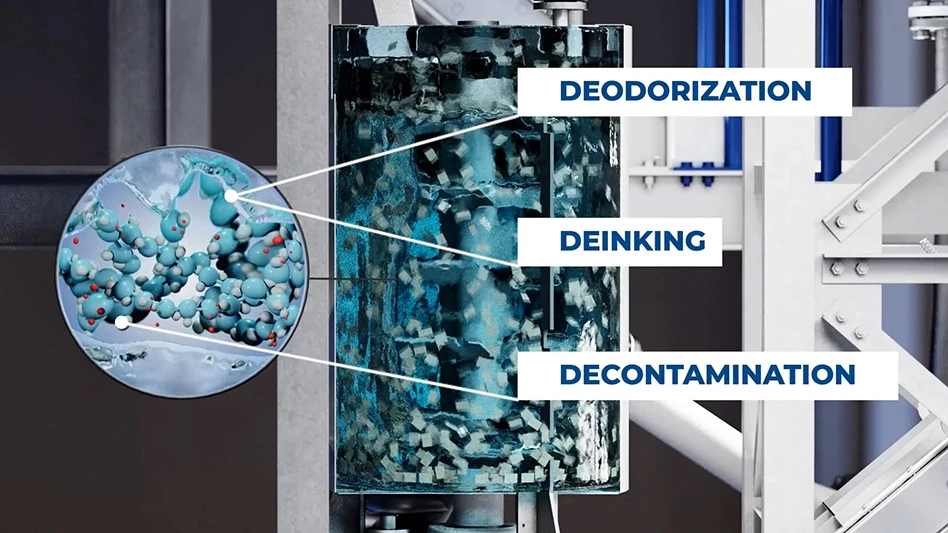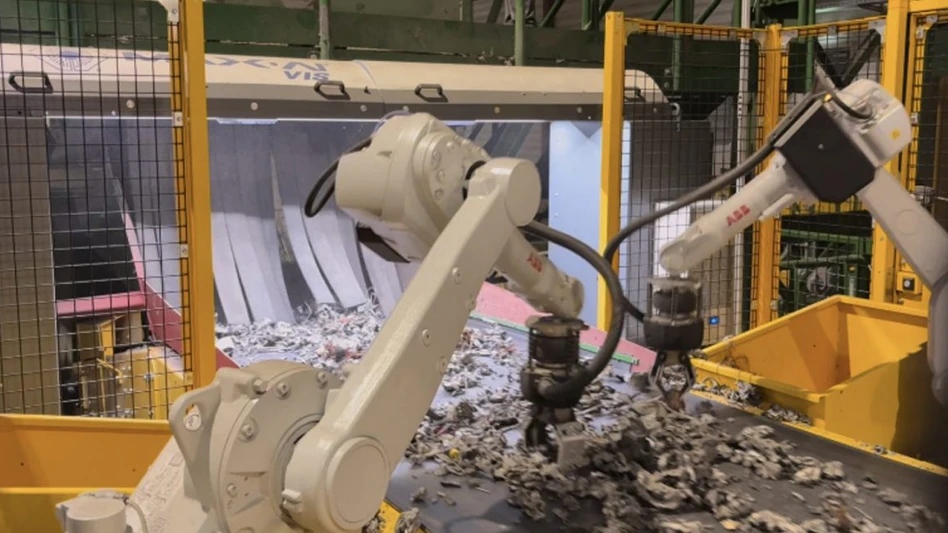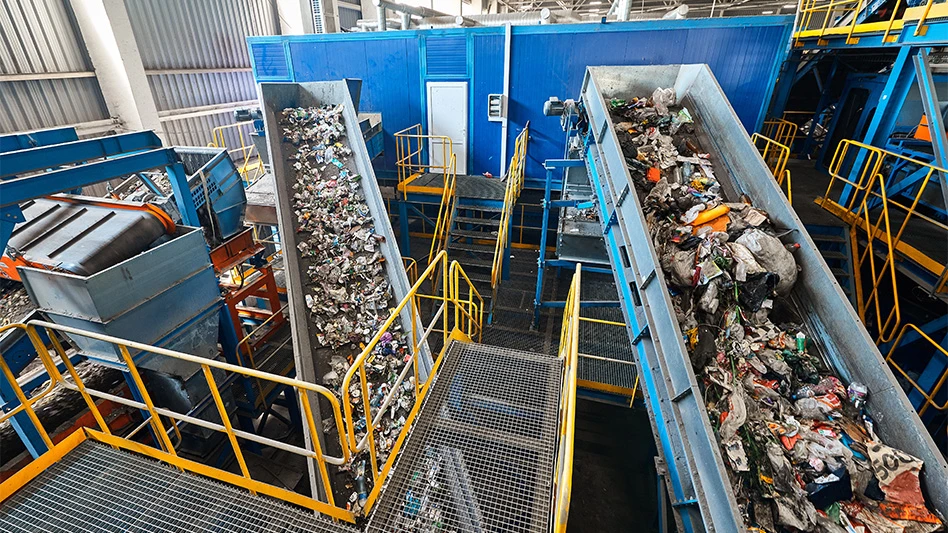Thermo Fisher Scientific Inc. has announced the publication of a new application bulletin, which focuses on the verification of the chemistry of alloy weldments with handheld Thermo Scientific niton XL3 Series alloy analyzers. Thermo Fisher Scientific is a manufacturer of handheld x-ray fluorescence (XRF) analyzers.
XL3 Series analyzers, long a standard in positive material identification (PMI) instrumentation, are now available with the WeldSpot, a selectable 3 millimeter small-spot feature and CamShot view, the first CCD camera and sample imaging system to be integrated into a handheld XRF analyzer for PMI, according to the company. WeldSpot allows users to toggle between full area analysis and small sample areas. This on-board, one-touch, icon-selectable feature is always immediately available for use and is never lost.
WeldSpot, when combined with CamShot, is designed for positioning, analyzing and recording the analytical results of small weld areas and components, something previously only achievable with benchtop XRF analyzers. The XL3t displays a picture of the tested area on the instrument screen and stores the image along with the analysis data for easy reference, data management and data integrity.
“Today, with the economic losses and potentially catastrophic consequences of mixed or incorrect materials, the reasons are more compelling than ever for testing every alloy material and weld both before use and during routine inspection of installed systems,” says Jon Shein, global marketing director for Thermo Fisher Scientific’s niton analyzers business unit. “With WeldSpot and CamShot, we continue to provide PMI users with features that can help verify and document both base and filler materials, as well as verify weld dilution rates after welding.”
The new applications bulletin highlights the ability of XL3 Series XRF analyzers to quickly and reliably provide nondestructive analysis of welds and welding materials, the company says.
The Thermo Scientific niton XL3 Series incorporates 80 MHz real-time digital signal processing and dual state-of-the-art embedded processors for computation, data storage, communication and other functions. The x-ray tube-excited niton XL3t features a 50 kV, 2-watt miniaturized x-ray tube with multiple multi-layer primary filters, providing optimized excitation for elements ranging from chlorine through the transuranic elements.
XL3t Series units can also be equipped with optional small-spot sample analysis, which allows users to switch between 8-mm diameter and 3-mm diameter sample measurement areas for better isolation and analysis of individual small components. The optional Helium Purge Light Element Analysis Package extends the analytical range of the
niton XL3t down to magnesium. The XL3 Series also features wireless Bluetooth or USB data transfer and an optional integrated CCD camera that records a digital image of the test area along with each sample analysis for documentation.
The niton XL3 Series comes with the niton Data Transfer (NDT©) Software, a suite of data management utilities that allows users to produce certificates and reports and monitor or operate the instrument remotely from a PC or PDA. The NDT file format is encrypted to preserve and protect the data from each sample analysis, ensuring that this data is not unintentionally or intentionally compromised. This software suite helps user’s document test results and ensures the quality and integrity of the data produced by the niton XL3 Series analyzer, according to the press release.
More information is available at www.thermo.com/niton.
Get curated news on YOUR industry.
Enter your email to receive our newsletters.
Latest from Recycling Today
- Blue Whale Materials celebrates Oklahoma facility expansion
- Rising mill output creates ferrous market anticipation
- CDRA Conference & Tradeshow: Q&A with keynote Dave Mitchell of The Leadership Difference Inc.
- Tomra plastics recycling joint venture opens in Norway
- Loop Industries inks offtake agreement with Nike
- Liberty Tire Recycling to open 2 facilities in Alabama
- ABTC announces ‘substantial quarterly revenue increase’ in Q1 of FY26
- Amcor reports increased sales in Q1 of '26





